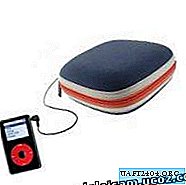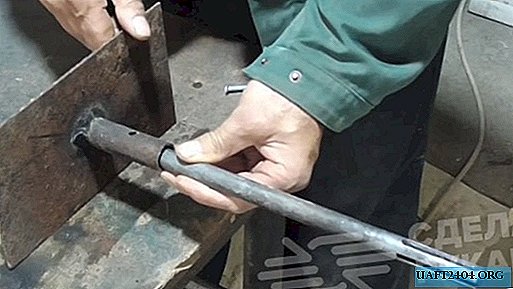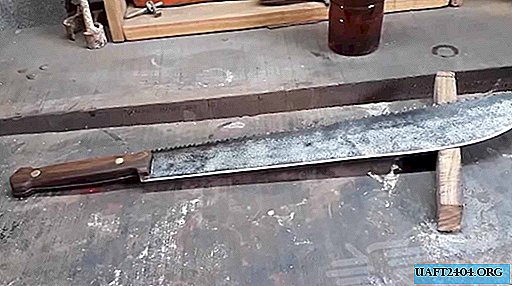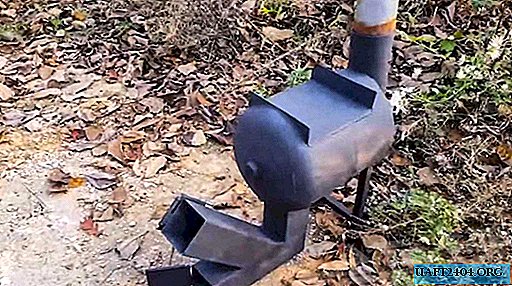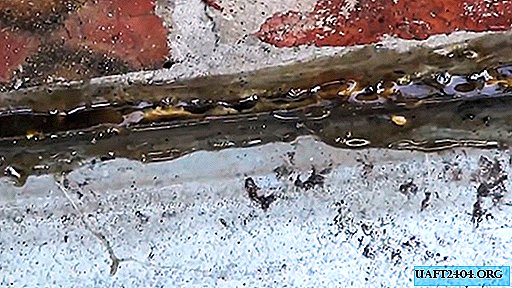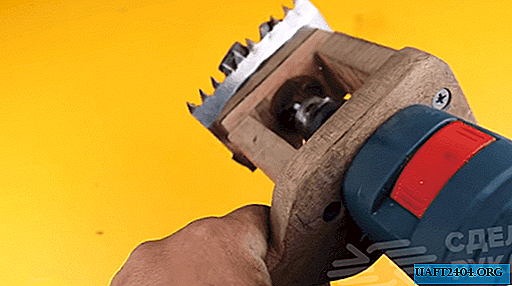Share
Pin
Tweet
Send
Share
Send

Materials:
- liquid silicone for molds;
- translucent plastic of cold curing;
- color for plastic;
- petroleum jelly;
- Toothpicks
- a thin tube or twig, a chopstick from Chupa-Chups will do;
- hot glue gun;
- plexiglass;
- cardboard;
- plasticine;
- large syringe.
Casting

To cast the bottom of the form, it is better to use plexiglass. A lantern is placed in its center and is surrounded by a marker. Around the contour, you need to make plasticine pins to join the halves of the future shape. For the manufacture of bumpers, cardboard can be used. It is glued with a glue gun. The distance between the walls and the contour should be 1.5-2 cm.

In the finished form, the lantern is inserted with the bowl up and filled with silicone.

After the composition has hardened, the walls are removed. Plasticine spikes are removed from the resulting casting, and it is also cut around the perimeter from smudges. Silicone from the bowl of the lantern goes to waste.


The surface of the cast mold is smeared with petroleum jelly. This is done especially carefully in the recesses from plasticine. To raise the lantern with a glue gun, you need to glue the toothpicks with the tip removed. This is necessary to obtain channels for the exit of air bubbles. A thin sprue is glued in one place.

The lantern is inserted back into the casting. After that, it is again laid on plexiglass and surrounded by cardboard borders. Their joints are glued with hot glue, and the contents are filled with silicone.


After the composition has hardened, the cardboard is torn off, toothpicks are removed and the halves are opened. Thanks to petroleum jelly, they do not stick together. At the same time, silicone does not stick to the plastic of the flashlight, so it is easily removable.


Halves of the form are docked without a flashlight. Using a syringe, liquid plastic tinted in the desired color is poured through the casting hole left by the tube. The composition fills all cavities, since air plugs go through the channels from the toothpicks.

After the plastic hardens, the form opens, the resulting product is corrected with a file and used for its intended purpose. The form can be reused. To do this, from its channels for venting, you must first remove the frozen plastic.


This technology cannot be called cheap, given the cost of silicone and optically transparent resins. But if you need a flashlight for a retro car that is no longer for sale, then this method is the only solution to the problem.


Share
Pin
Tweet
Send
Share
Send

